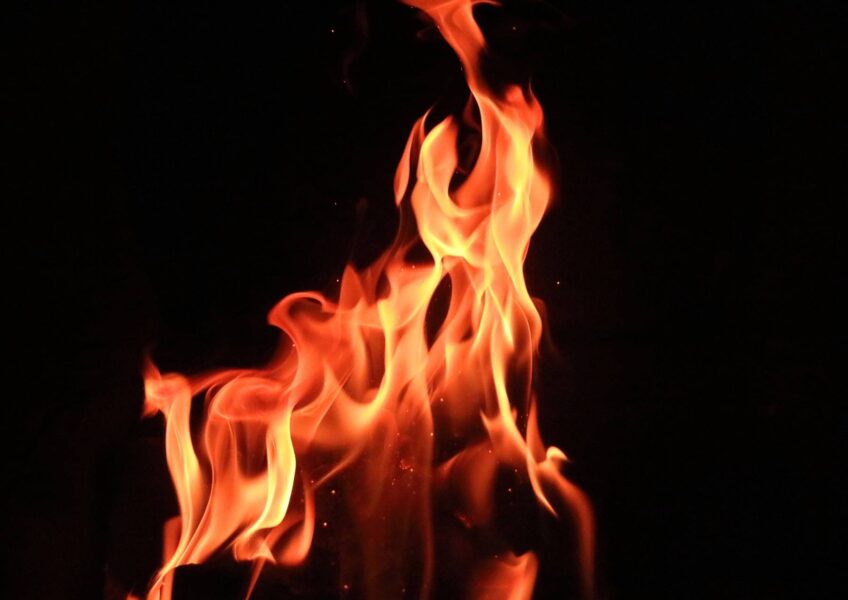The Dos and Don’ts of Treating a Burn Injury
Burns are one of the most common injuries, and that comes with its own territory of pseudo fixes and remedies. For instance, age-old burn remedies include smearing butter or holding a cold potato (yes, a potato) against a burn – both of which cause more harm than good.
To promote healing, reduce the chances of further complication, and scarring, it’s important to treat your burns the right way. This post is going to cover the dos and don’ts of treating burn injuries.
When to See a Doctor for a Burn
There are three degrees of burn injury: first, second, and third degree burns. The higher the degree, the more serious the burn is and the more likely you’ll need formal medical assistance.
First degree burns are those where the skin turns red, but there is no blistering. Second degree burns are red, blistering, and some thickening of the skin occurs. Third degree burns have widespread thickness and the skin develops a white and leathery texture. We highly encourage you to visit a medical professional in the case of second and third degree burns.
There are also scenarios where you need to see a specialist regardless of the degree of the burn itself:
- The burn is bigger than the size of a palm
- The hands, feet, eyes, face, or genitalia are burned
- The cause of the burn is electrical or chemical-based
- The victim complains of being cold after the burn
- The burn is white, pink, red, or brown
Don’t: Use Icy Water or Ice to Soothe a Burn
Ever heard of “ice burns’? It might feel intuitive to run burns under icy water or rub an ice cube over the area – but these actions can cause more harm than good. Ice can make the body too cold, and the skin that comes in contact with this coldness can suffer from additional damage. This can make your burns even more painful and generally harder to treat.
Do: Run Tap or Room Temperature Water Over the Burn Immediately
Alternative to ice, do run tap or room temperature water over the burned area immediately. This will stop the burning process, while decreasing pain, swelling, and the risk of scarring. The sooner and longer that you run a burn under water, the better. We recommend that you run tap or room temperature water over your burn for at least 20 minutes or until redness ceases.
Don’t: Rub Butter (Or Other Greasy Ointments) Over Your Burn
Despite being an age-old home remedy to burns, butter can actually make a burn worse. If you apply butter or other greasy ointments on your burn, you end up trapping heat in that area. Because the heat is trapped, the severity of your burn can actually increase.
Do: Apply a Loose Bandaid
After rinsing your burn, you should loosely bandage the area to protect it. Bandaging can help to prevent wind from excessively drying out and irritating the burn. The bandage will also act as a barrier to keep dirt and other objects (e.g. clothing) from coming into contact with your burn.

